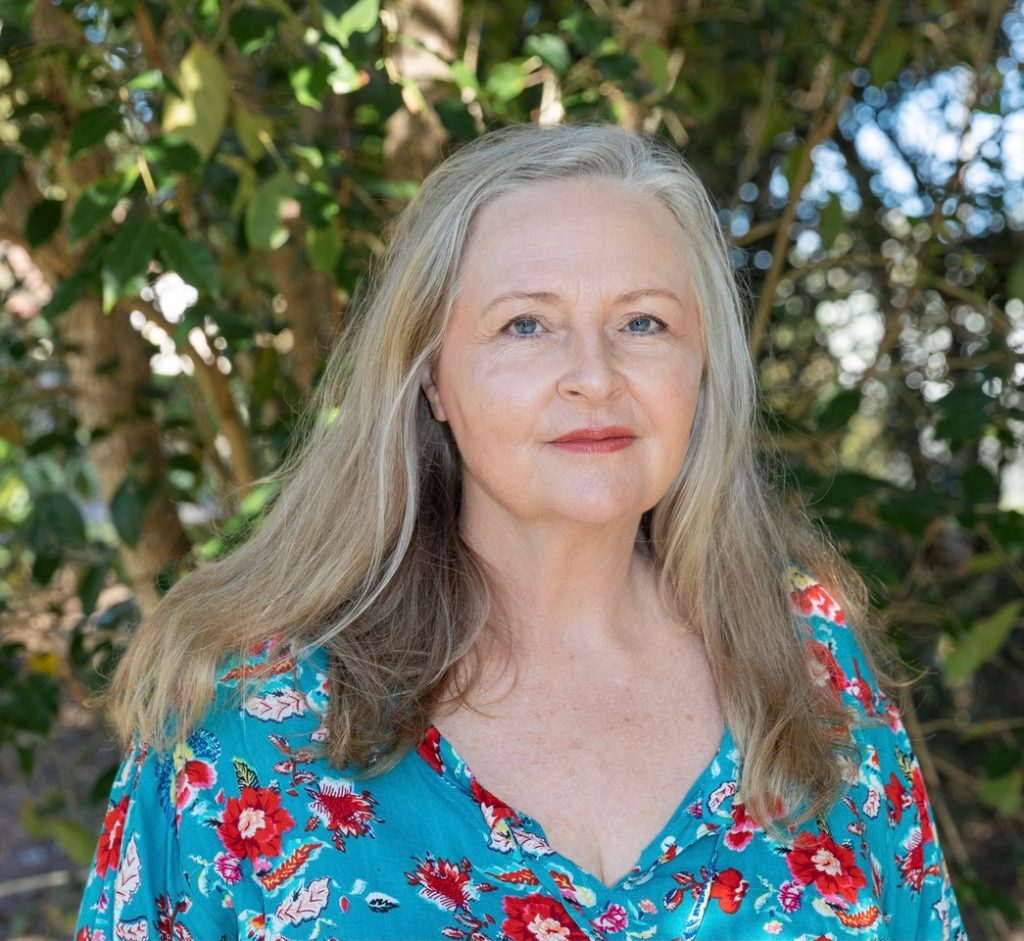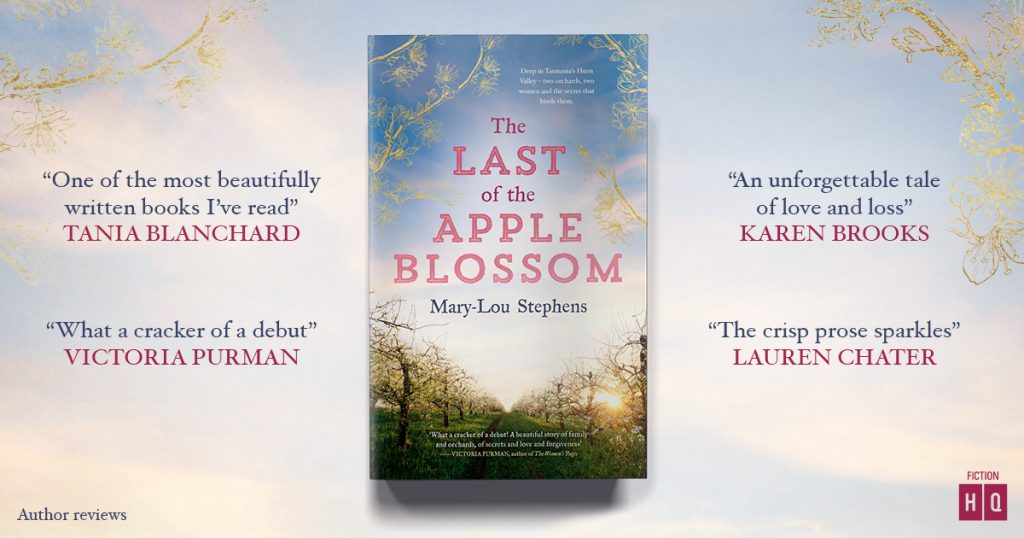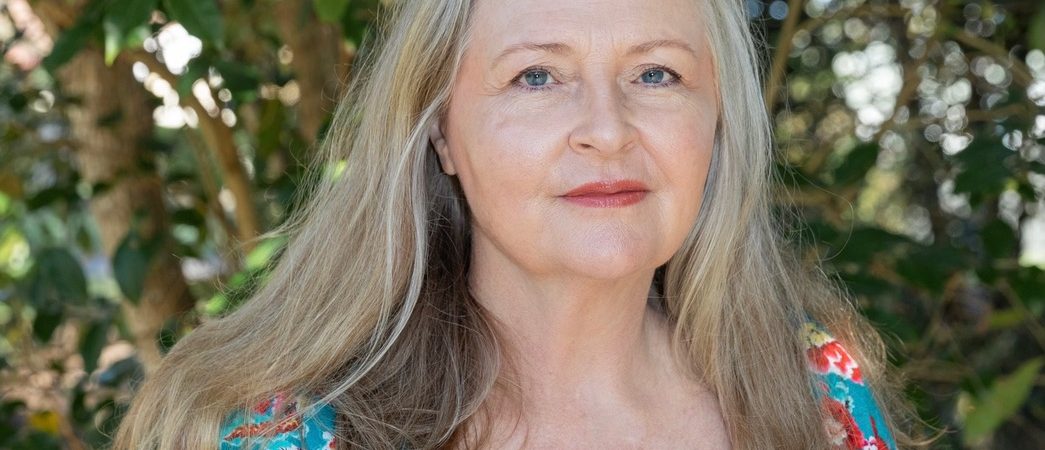Old Scholar’s Debut Novel Charts the Demise of the Apple Industry in Tasmania
Posted on August 5, 2021
Thank you to Mary-Lou Stephens (1978) for sharing her story with us.

After leaving Friends’ School in 1978, Mary-Lou Stephens (nee Thorp) played in bands in Hobart, Melbourne, and Sydney and studied acting at The Victorian College of the Arts. Eventually, she “got a proper job” – in radio, where she was a presenter and music director, first with commercial radio and then with the ABC.
She received great reviews for her memoir Sex, Drugs and Meditation (Pan Macmillan, 2013), the true story of how meditation changed her life, saved her job and helped her find a husband. Mary-Lou has worked and played all over Australia and now lives on the Sunshine Coast with her husband and a hive of killer native bees.
Her debut novel, The Last of the Apple Blossom was published by HarperCollins (Harlequin HQ) in August this year to great acclaim.
The Last of the Apple Blossom is a novel set in the orchards of the Huon Valley, a love song to a way of life long gone, erased by natural and economic woes. It’s a big sweeping story from the Tasmanian bushfires of 1967 to the collapse of the Apple Industry in the 70s.
Mary-Lou was six years old and a student at Sandy Bay Infant School, where The Last of the Apple Blossom begins, on the day of the devastating bushfires. She has memories of her childhood home being full of children whose fathers were up Mount Nelson trying to save their homes with gunny sacks and garden hoses as the fires raged.
In 1973 Tasmania’s main export market disappeared overnight when England joined the Common Market. Apples were left to rot on the trees and the government came up with the Tree Pull Scheme to pay orchardists to bulldoze their trees. Many of those affected were tending orchards that had been in their families for generations.
Mary-Lou’s extensive research included listening to the oral histories of orchardists who’d lived through these times, but she was still left with many questions. She tracked down Naomie Clark-Port, an orchardist in the Huon Valley on a property established by her family in the 1800s. To describe Naomie as tenacious is an understatement. No matter the natural and economic disasters that were thrown at her, Naomie was determined to keep the orchard viable. Mary-Lou stood in her orchard surrounded by apple trees, some over 160 years old, as Naomie told her stories of orchard life, struggle and perseverance. Naomie also arranged interviews with some of the old orchardists in the area who remembered the events in The Last of the Apple Blossom. Mary-Lou spent hours listening to their tales of bushfire, drought and hail, good harvests and bad.
A line she heard in one of the orchardist’s oral histories haunted her through the writing of the book, ‘I worked my entire life for nothing.’ It makes an appearance in the novel via Catherine’s father. ‘Me and your mum? What have we got? Worked all our lives for nothing.’ Mary-Lou doesn’t believe it was for nothing. ‘Their stories and their lives are important,’ she says. ‘The orchardists created beauty and purpose. Tasmania was The Apple Isle because of them – an enormous achievement. It might not have lasted, but everything is ephemeral in the end. To work and to create, to live a useful life, that is not nothing.’

The Last of the Apple Blossom is available at bookshops and online.
